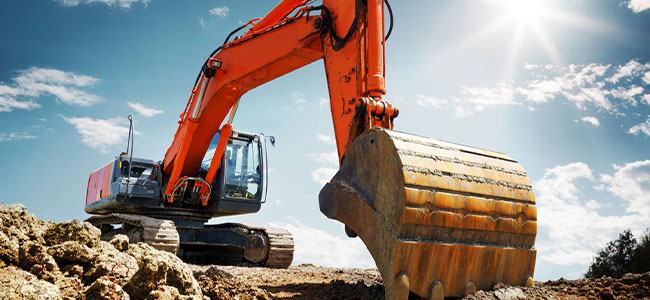
OSHA Cites New York City Contractor with Violations After Two Deaths at JFK Airport
The Bronx-based company now faces $59,153 in penalties.
- By Robert Yaniz Jr.
- Oct 19, 2023
Triumph Construction Corp.—a water and sewer line contractor based in the Bronx, NY—finds itself under scrutiny and facing $59,153 in proposed penalties after two employees were fatally injured at a construction site at John F. Kennedy International Airport in Queens.
According to a release dated Oct. 16, the subsequent OSHA investigation led the company to citations for four serious safety violations. The fatal accident occurred on April 3, 2023, when the two employees were attempting to remove soil beneath a concrete slab in a trench. Unexpectedly, the slab broke apart and collapsed, fatally crushing the workers.
OSHA inspectors discovered Triumph Construction had not properly supported the concrete slab, putting the workers in danger of a potential collapse. Furthermore, the company failed to instruct employees on the safe methods of removing the slab, lacked proper supervision to ensure that safe methods were followed and didn't construct the excavation’s protective system in line with OSHA standards.
“Employers are obligated to make a good faith effort to recognize, evaluate and control workplace hazards throughout the course of the work and as conditions change, which Triumph did not do,” Kevin Sullivan, OSHA’s Long Island and Queens area director, said in a statement. “Diligent oversite and management of changing worksite conditions could have helped prevent this tragedy from happening.”
Triumph Construction Corp. now has a 15-day window to either comply with these penalties, seek an informal conference with OSHA’s area director, or challenge the findings before the independent Occupational Safety and Health Review Commission.
About the Author
Robert Yaniz Jr. is the former Content Editor of Occupational Health & Safety.